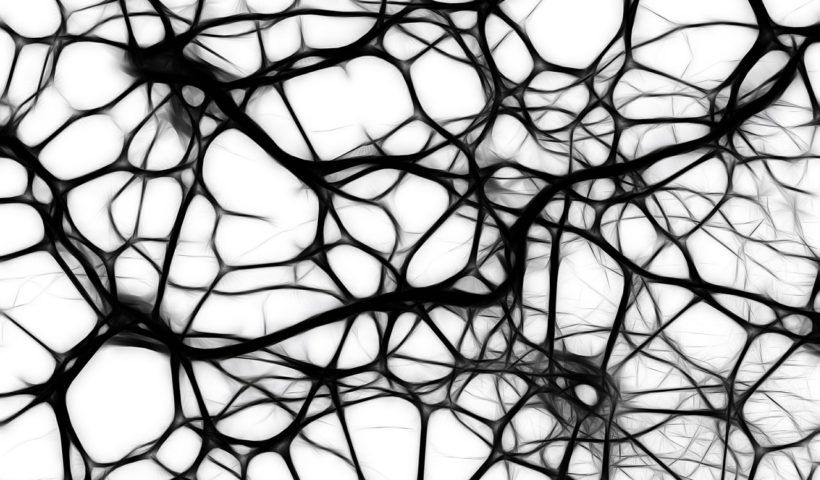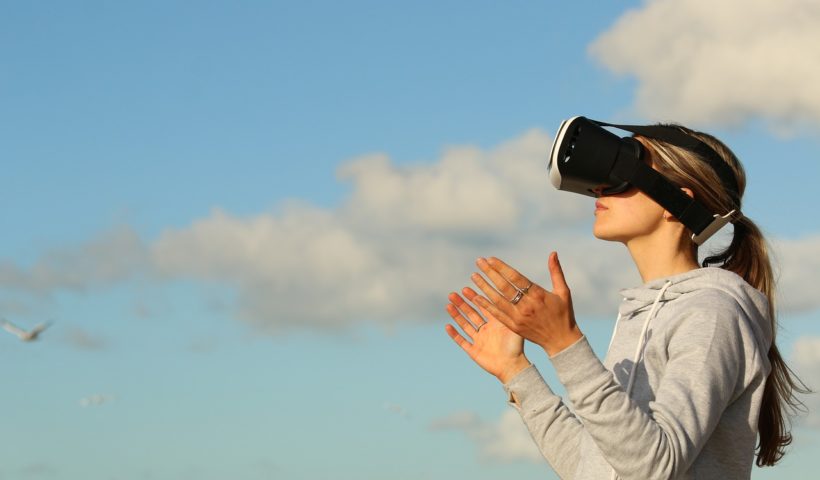4/12/2019 Profiled article C. Jee. “Amazon workers are listening to some of your conversations with Alexa”, MIT Technology Review, 2019. [Online]. Available: https://www.technologyreview.com/the-download/613303/amazon-workers-are-listening-to-some-of-your-conversations-with-alexa/ About the…
View More Alexa Hears You, and so does AmazonCategory: Semester
Klotho: The Neural Enhancer of the Future?
4/5/2019 Profiled article C. Zimmer, “One Day There May Be a Drug to Turbocharge the Brain. Who Should Get It?”, The New York Times, 2019.…
View More Klotho: The Neural Enhancer of the Future?Big Tech Pushes Toward Defense. Engineers Push Back.
3/29/2019 Profiled article T. Romm and D. Harwell, “Microsoft workers call for canceling military contract for technology that could turn warfare into a ‘video game’”,…
View More Big Tech Pushes Toward Defense. Engineers Push Back.Big Benefits of Big Data: Data Privacy Takes a Backseat
“Between the dawn of civilization and 2003, we only created five exabytes (1 exabyte=1,000,000,000 gigabytes) of data; now we’re creating that amount every two days.…
View More Big Benefits of Big Data: Data Privacy Takes a BackseatExorcising Research Ghosts: The Ethical Issues Associated with Medical Ghostwriting
Introduction In the last century, average life expectancy in the United States increased by over three decades [1]. This was in large part due to…
View More Exorcising Research Ghosts: The Ethical Issues Associated with Medical GhostwritingEthics of Planned Obsolescence
Planned obsolescence is an often-used tactic in the electronics industry to push sales. Companies design their products to either malfunction prematurely or become difficult to…
View More Ethics of Planned ObsolescenceOn the Use of Encrypted Data by Law Enforcement
Recent events have sparked a national debate about the government’s access to encrypted personal data from smartphones and the role technology companies have in solving crimes. This paper will discuss the ethical implications associated with a particular case from San Bernardino, California, and the reactions of the FBI and Apple Inc. An in-depth analysis of this case will provide the basis for arriving at a moral conclusion.
View More On the Use of Encrypted Data by Law EnforcementThe Future of Location-Based Services and the Implications of User Privacy
Location-based services (LBS) have seen a rise in popularity in recent years. These services employ the use of real time GPS data to help facilitate many of our everyday tasks such as identifying nearby points of interest, locating restaurants, and providing other travel-related information. Moreover, LBS are used in more serious situations like those of fraud prevention and emergency locating. However, as this technology continues to progress, concern has been raised over its ethical implications. In particular, many are worried about its threats to user privacy. This paper works to identify these potential threats and outlines ways in which security can be improved without compromising our privacy.
View More The Future of Location-Based Services and the Implications of User PrivacyProfit or Safety: Boeing’s Preventable Accidents
3/22/2019 Profiled article H. Tabuchi, “Doomed Boeing Jets Lacked 2 Safety Features That Company Sold Only as Extras”, Mar. 21, 2019. [Online] The New York…
View More Profit or Safety: Boeing’s Preventable AccidentsGrateful Patient Programs: Doctors as Caregivers and Fundraisers
3/8/2019 Profiled article P. Galewitz, “Hospitals Are Asking Their Own Patients to Donate Money”, Jan. 28, 2019. [Online] The New York Times. Available at: https://www.nytimes.com/2019/01/24/business/hospitals-asking-patients-donate-money.html?rref=collection%2Ftimestopic%2FEthics…
View More Grateful Patient Programs: Doctors as Caregivers and Fundraisers









